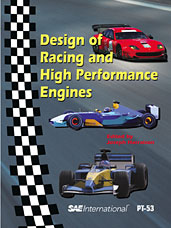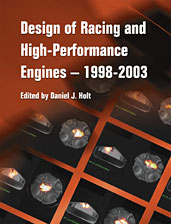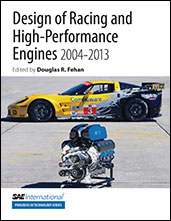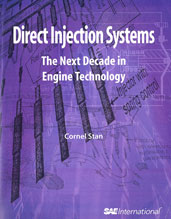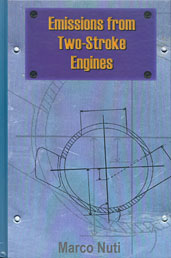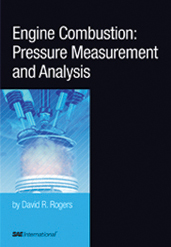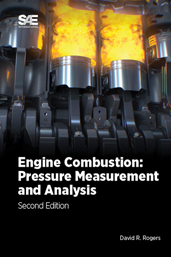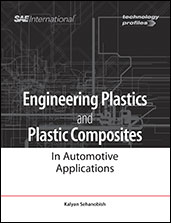Book
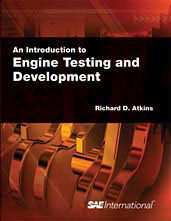
An Introduction to Engine Testing and Development
2009-04-01
This book presents the basic principles required for the testing and development of internal combustion engine powertrain systems, providing the new automotive engineer with the basic tools required to effectively carry out meaningful tests. With useful information for graduate students, new test technicians, and established engineers, this book explains the test process - from setting up a dynamometer test facility to testing for performance and durability. Combustion analysis and emissions, and new test trends are also covered.







